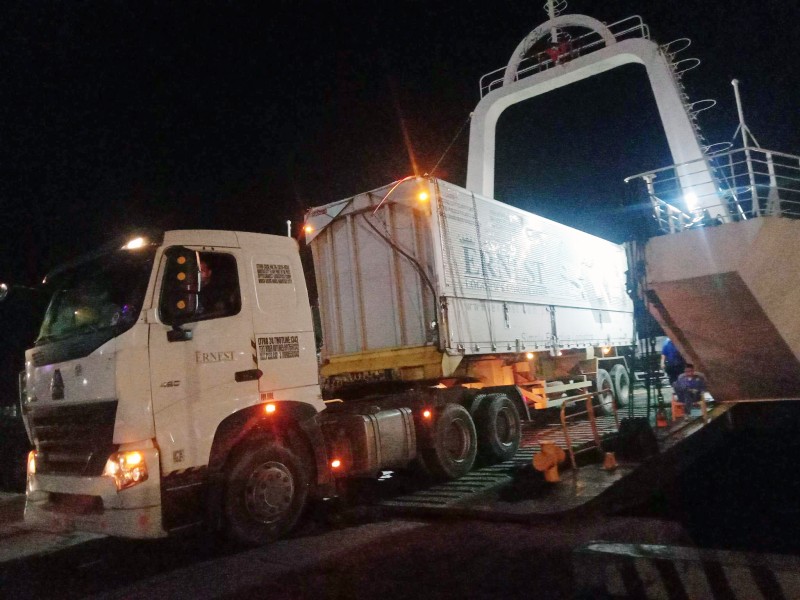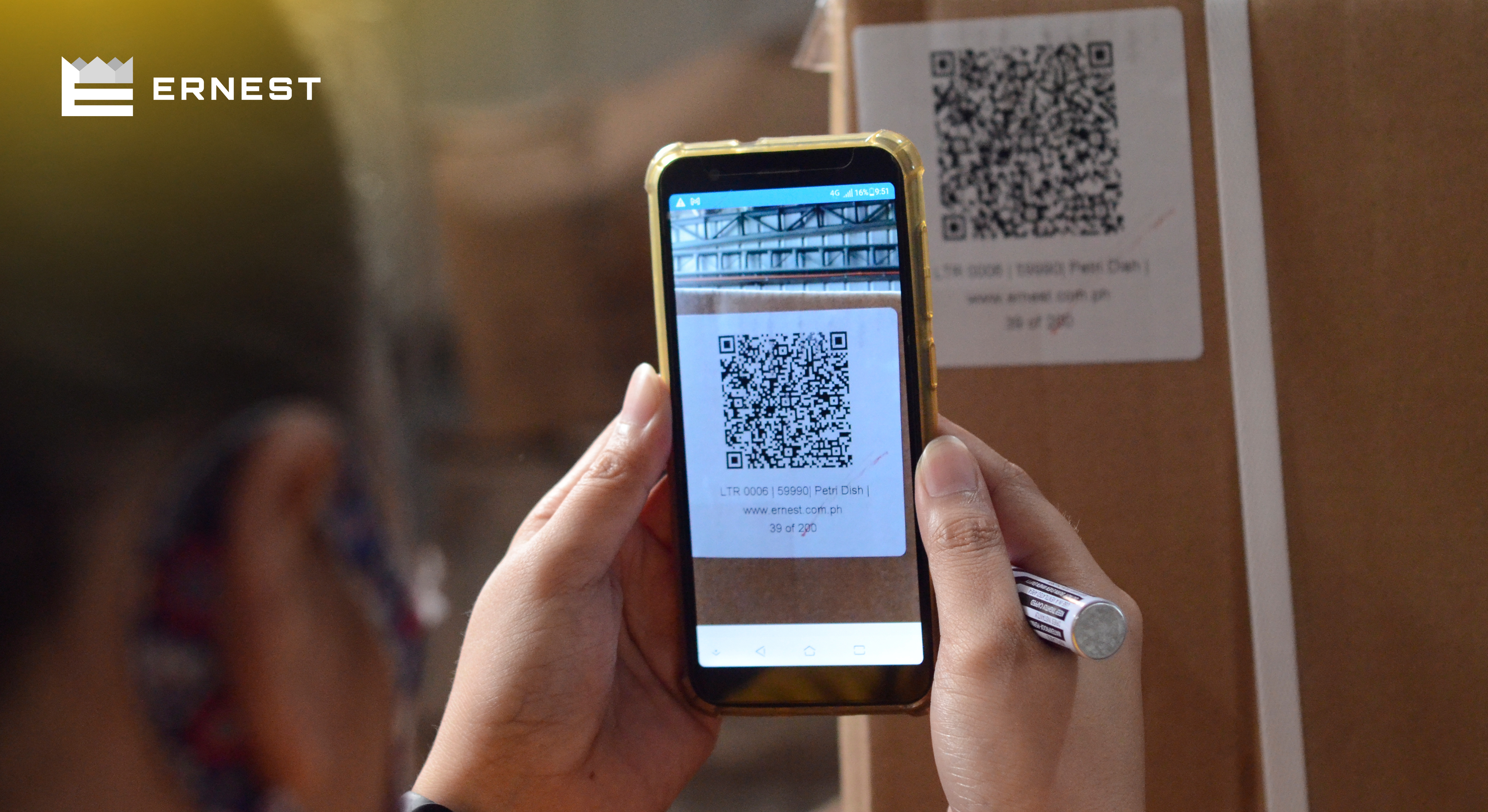
Unleashing Potential: The Power of Inter-Island Trucking and the RORO System in the Philippines
Being an archipelago with thousands of islands, the Philippines has long had particular logistical and transportation issues. However, the introduction of inter-island transportation using the Roll-On Roll-Off (RORO) system in the 1980s proved to be a game-changer for the nation. Under President Arroyo's direction, the Strong Republic Nautical Highway (SRNH) project, which was launched in 2003, furthered this growth. The SRNH developed road networks that would link significant islands in order to improve inter-island connectivity by incorporating the RORO services already in place. To increase accessibility and efficiency of inter-island traffic, this project involves building new ports, highways, and bridges.
Understanding Inter-Island Trucking
When commodities and vehicles are transported between islands utilizing specialized RORO vessels and networks, this is referred to as inter-island trucking. These ships include internal ramps that make it simple to load and unload trucks and other vehicles from the ship. Compared to other options like air and sea freight, this mode of transportation has changed the logistics sector in the Philippines by offering an alternative approach to the country's internal cargo transportation needs.
Philippine Nautical Highway System
The East Nautical Highway, Central Nautical Highway, and West Nautical Highway make up the three main arteries of the Philippine Nautical Highway System. The country's inter-island connection has been greatly improved by these routes. In order to improve mobility between the Eastern Visayas area and Luzon, the East Nautical Highway connects islands in the eastern section of the Philippines. By connecting important islands like Cebu, Bohol, Negros, and Panay, the Central Nautical Highway fosters business development and tourism in the central region. By linking islands like Mindoro, Palawan, and the Visayas area, the West Nautical Highway improves accessibility and streamlines the flow of people, commodities, and services. These maritime thoroughfares have strengthened the broader Philippine Nautical Highway System and supported regional growth.
Advantages of Inter-Island Trucking using RORO Vessels compared to Sea and Air Freight
Cost Efficiency.
Despite having a higher initial cost than typical sea freight, inter-island trucking with RORO vessels offers a significant cost benefit due to its speed and ease. It strikes a balance between the two techniques, costing more than sea freight but saving a lot of money over air freight. Faster transit times and the ability to deliver goods straight to their destination without incurring additional interior transportation expenditures are two advantages of inter-island trucking. Because of its low cost, it is a desirable choice for companies looking for a quicker and more efficient transportation method on the islands of the Philippines.
Versatility and Accessibility.
Vehicles, machinery, and other ordinary cargo can all be transported by RORO vessels in inter-island trucking. While there may be restrictions on the size and weight of cargo for air freight, this adaptability enables enterprises to deliver a wide variety of commodities conveniently. Furthermore, RORO vessels can access roll-on roll-off terminals and smaller ports, extending the reach of businesses to rural locations with sparse port infrastructure.
Reduced Transit Time.
While sea freight can be an affordable option for long-distance shipping, queues at the port of origin, several stops at other ports, and other sea freight-related delays frequently result in lengthier transit times. Inter-island trucking using RORO vessels offers quicker transit times for domestic shipments because they can be deployed and on the road in a short amount of time, prevent potential delays for unforeseen limits, or delays at ports, and ensure prompt delivery of products within the nation.
Seamless Door-to-Door Delivery.
Door-to-door delivery services are an advantage of inter-island transportation. Inter-island trucking employing RORO vessels may convey goods straight to their final destinations, unlike air and sea freight, which needs additional transit and handling once it reaches the target airport. This lessens the need for several transfers, lowers the chance of loss or damage during transshipment, and guarantees a more efficient logistics procedure.
The best circumstance for using Inter-Island Trucking
In the Philippines, inter-island trucking using RORO ships gives consumers the ideal balance of speed and cost-effectiveness. This service offers quick delivery at a fair price, supporting both time-sensitive goods and those with a flexibility of 2-3 days. Inter-island trucking is the best option for companies and individuals looking for a mix between speed and affordability for their transportation needs.
It strikes a balance between the two techniques, costing more than sea freight but saving a lot of money over air freight.
Conclusion
The inter-island trucking carried out by RORO ships is essential to the Philippines' economic development. It connects islands and regions, fostering trade and commerce while providing enterprises with affordable, adaptable, and efficient transit options. Inter-island trucking is proving to be a valuable alternative to air freight and sea freight, particularly in domestic logistics operations within the archipelago, thanks to benefits like cost-effectiveness, accessibility, decreased transit time, lower environmental impact, and seamless door-to-door delivery.

Business Projections for Logistics in the Philippines During the First Quarter of 2023
The business logistics industry in the Philippines has experienced tremendous growth in recent years. This …

A cargo as small as one kilo can change your business.
Cardo cardo has recently been retrenched from work when the company he has been with for …

The Importance of Cargo Insurance
Getting insurance means protecting your financial investments from risks of damage, theft and loss. …